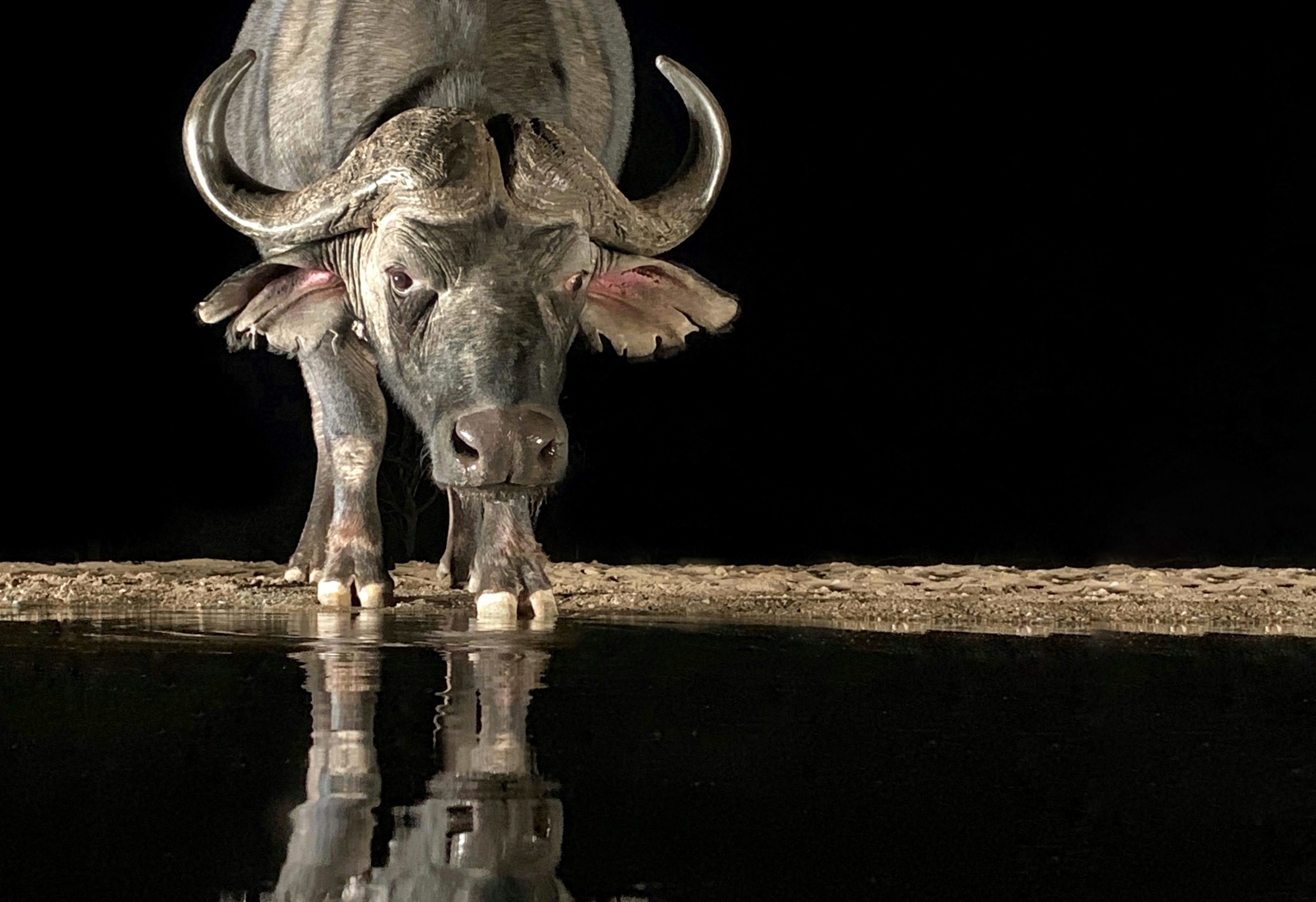Dragon Blood Premiere
Dragon Blood is a short documentary by Awi Rabelista about my journey to Socotra, Yemen.
Enjoy!
Marsel
– – –
DRAGON BLOOD
A Photographer’s Journey to Socotra, Yemen.
Some 240 kilometers (150 mi) east of the coast of Somalia and 380 kilometers (240 mi) south of Yemen lies the island of Socotra. Socotra’s 34-million-year separation from mainland Arabia has given rise to a unique flora – 37% of its plant species, 700 species, are found nowhere else. It has been described as “the most alien-looking place on Earth” and “the jewel of the Arabian Sea”. In 2008 Socotra was recognized as a UNESCO World Heritage Site.
One of the most striking of Socotra’s plants is the dragon blood tree (Dracaena cinnabari), which is a strange-looking, umbrella-shaped tree. Its red sap was thought to be the dragon’s blood of the ancients.
Yemen has been unstable for decades. Civil wars, a revolution, Al-Qaeda in the Arabian Peninsula, starvation. The current civil war started in 2015 and has cost the lives of over 20,000 civilians. In 2018, the United Nations warned that 13 million Yemeni civilians face starvation in what it says could become “the worst famine in the world in 100 years”.
As a result, it has been impossible to visit the island for many years – no planes or even boats would go there (I tried). Until suddenly I saw an opportunity and I took it. It turned out to be one of the most intense projects I have ever done.
The dragon blood tree (Dracaena cinnabari) is named after its crimson red resin. Its unusual shape is an adaptation for survival in arid conditions with low amounts of soil, such as in mountaintops. The large, packed crown provides shade and reduces evaporation. This shade also aids in the survival of seedlings growing beneath the adult tree, explaining why the trees tend to grow closer together like in this image.
The future of this species is uncertain, which is why it is classified as Threatened by the IUCN. The most significant problem is climate change: Socotra is drying out, with once-reliable monsoon weather becoming patchy and irregular. But as always, people are mostly to blame. Locals drill holes in the trees to extract the resin, which they use for medicine, makeup, paint, etc. The holes then allow insects to penetrate the trunk and further weaken the tree from inside. Socotra has violent storms, and these damaged trees get blown over.
Another threat is livestock. Most locals have goats. The goats love the young dragon blood seedlings. With more and more goats on the island, most of the dragon blood seedlings get eaten – there are no new generations of dragon blood trees as a result. This means that if the goat problem is not dealt with, the current trees will eventually all die of old age and there will be no young trees. Already, their age structure generally indicates over-maturity and predictions are that many areas with dragon blood trees will reach the stage of intensive disintegration within 30–77 years with 95% probability. The maximum age of a dragon blood tree is around 700 years, and many of the larger trees have already reached that age.
Socotra has been a World Heritage Site since 2008, which has led to high levels of environmental protection, but the challenge will be to convince the local population to keep their goats out of protected areas.
– – –
Directed & filmed by Awi Rabelista
Photography: Marsel van Oosten
Editing & color grading: Pieter Genee
Sound design: Tobias Hornby Patterson
Music: Ryan Taubert-Pioneer
Produced by Squiver
– – –
This entire documentary was shot on Nikon Z6 mirrorless cameras and a DJI Mavic Pro.
Marsel’s camera gear:
Nikon Z7
Nikon D850
Nikkor Z 24-70/4.0 S
AF-S 14-24/2.8
AF-S VR 70-200/2.8
FTZ-adapter
Special thanks to Nikon Europe
Marsel | squiver.com



Congratulations Marsel!
This travel was a great adventure and, for sure, it may have been difficult to keep cool at times. You seem to have lacked some more days to shoot, and perhaps will you go back since you know the spots. And it seems there’s much to shoot with landscapes and wildlife.
When you stay such a short time, you need to make a great picture any time you press the button. Especially with pictures in darkness. Obviously you are a great master with a camera. Thanks for sharing.